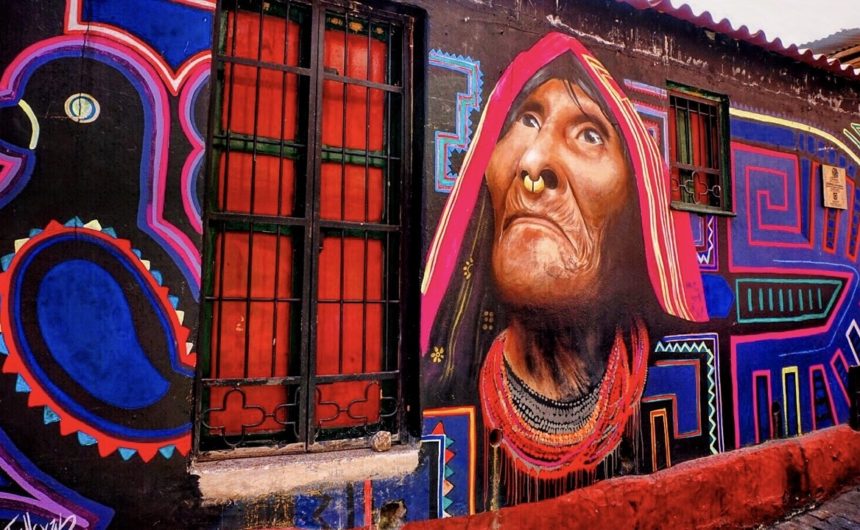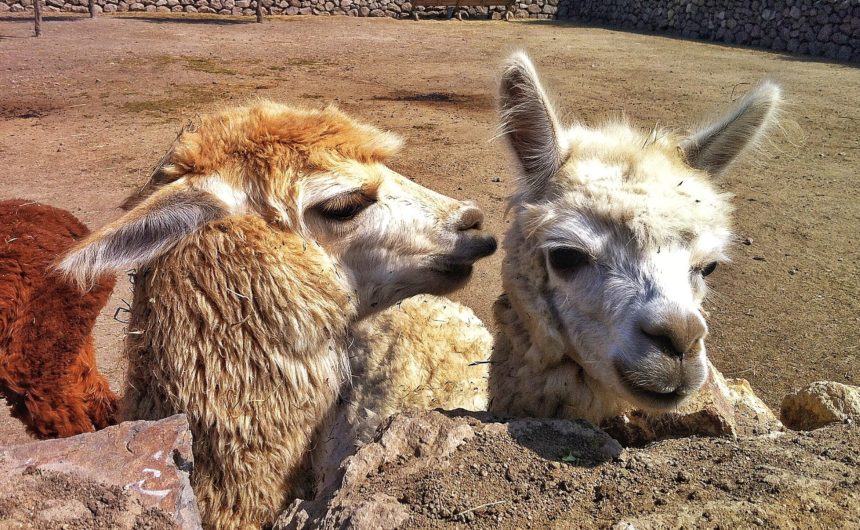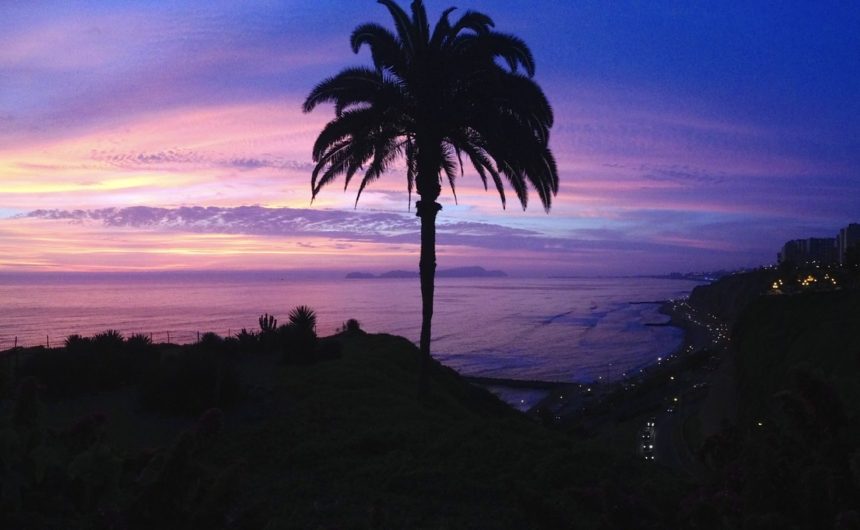- My Experience in the Amazon in Iquitos
- My Ayahuasca Experience in the Peruvian Amazon
- Chile – 17 Things To Know Before You Go
- Skip It: The Floating Islands in Puno
- Isla Del Sol on Bolivia’s Lake Titicaca
- Salar de Uyuni – One of the Most Unique Places on Earth
- Bolivia – Everything You Need To Know Before You Go
- What to Expect on the 4 Day Inca Trail Hike To Machu Picchu
- Peru – 23 Things To Know Before You Go
- South America – Everything You Need to Know Before You Go
- 14 Reasons Why You Need To Travel to South America
- How To Stay Safe in South America
Fear of danger is the number one reason why people avoid travel in South America, which is a shame because the continent has so much beauty and diversity to offer. South America has more than its fair share of crime, but do not let this scare you off of exploring it. It’s essential to educate yourself on the potential scams and dangers in order to know how to avoid them so you can stay safe while traveling South America. Knowledge is power. And you’ll learn valuable street smarts that are useful for travel anywhere in the world (and also life in general).
It’s very important to be prepared and educated on how to stay safe while traveling South America in order to minimize your chances of misfortune. There’s no such thing as a crime-free place in the world, but remember that the majority of people have good intentions and are happy to help. Here is everything you need to know about how to stay safe in South America:
WHY IS THERE SO MUCH CRIME IN SOUTH AMERICA?
Most of Latin America has major issues with poverty, massive disparities in wealth, corruption and high unemployment, which all result in high crime rates. And in some countries, illegal drug trade and the ensuing crime are major issues as well. As a result, pickpocketing and muggings are not uncommon, while kidnappings typically only target wealthy locals.
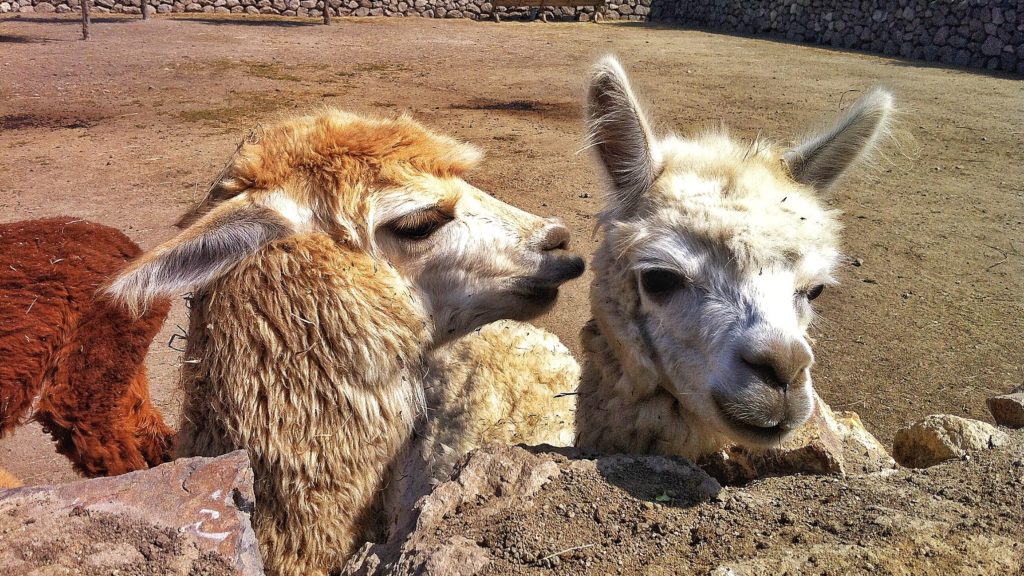
MY EXPERIENCE
South America is one of my favorite regions in the world (see 14 Reasons Why You Should Travel to South America). I’ve traveled South America as a solo female traveler for 4.5 months, over 3 different trips, in Colombia, Ecuador, Peru, Bolivia, Chile, Argentina and Brazil (as well as 4.5 months in Central America and Mexico) and I’ve never been mugged or pickpocketed. A small part of this was luck, but a big part of me staying safe in South America was being aware of potential dangers and always being aware of my surroundings.
BEFORE YOU LEAVE
GET TRAVEL INSURANCE
Travel insurance is an absolute must for all international travel. It offers a lot more than just medical protection- it covers you if your flight gets cancelled, a family member becomes ill or passes away and you have to return home, or if something gets stolen or breaks. And if you do get seriously ill or injured, it can save you thousands of dollars. Travel insurance isn’t cheap, but it’s also not that expensive, considering what it can do for you if you get in trouble.
I use and recommend World Nomads for travel insurance. They’re an affordable and reputable company and you can buy and renew an insurance policy quickly and easily online. As a Canadian, I find their policies cover a lot more than the other insurance companies in Canada and at a cheaper rate.
LEARN SOME SPANISH
English is not commonly spoken in South America. Aside from Brazil, where they speak Portuguese, almost every other country you’ll likely visit in South America speaks Spanish. You certainly don’t need to become fluent in Spanish, but learning some simple phrases, numbers, and some foods will be extremely helpful. Luckily, Spanish is one of the easier languages to learn.
Spanish is also very useful in Brazil because Spanish and Portuguese are very similar, especially when written. I was able to read and understand quite a bit of Portuguese and I’m not nearly fluent in Spanish.
UNLOCK YOUR PHONE
So you can get a local SIM card (or make sure you’ll have service from your home country’s provider). It’s not just about having the luxury to be connected to social media 24/7; it’s about your safety too. With local service, you can order an Uber instead of a random taxi and if you need help, you can call or message someone.
YOU WILL LIKELY NEED YOUR YELLOW FEVER VACCINE
Research and get the necessary vaccines you need for traveling to certain regions. Yellow Fever is a common vaccine you will likely need for South America. The countries that share the Amazon are where yellow fever is a threat, which include Bolivia, Brazil, Colombia, Venezuela, Ecuador and Peru. However, even if you do not visit the Amazon, yellow fever is still a threat in other areas of these countries and many other countries require proof of yellow fever vaccination upon entry when arriving from a country that has yellow fever. For example, if you fly to Costa Rica from Colombia, if you don’t have proof of your Yellow Fever vaccine, you’ll be denied entry. This is something that needs to be researched thoroughly before your trip.
If you’re from a Western country and do not have health benefits, the yellow fever vaccine is quite expensive, but it’s much cheaper in South America. However, it does take 2 weeks for the vaccine to become effective and also allow you entry into another country that requires it.
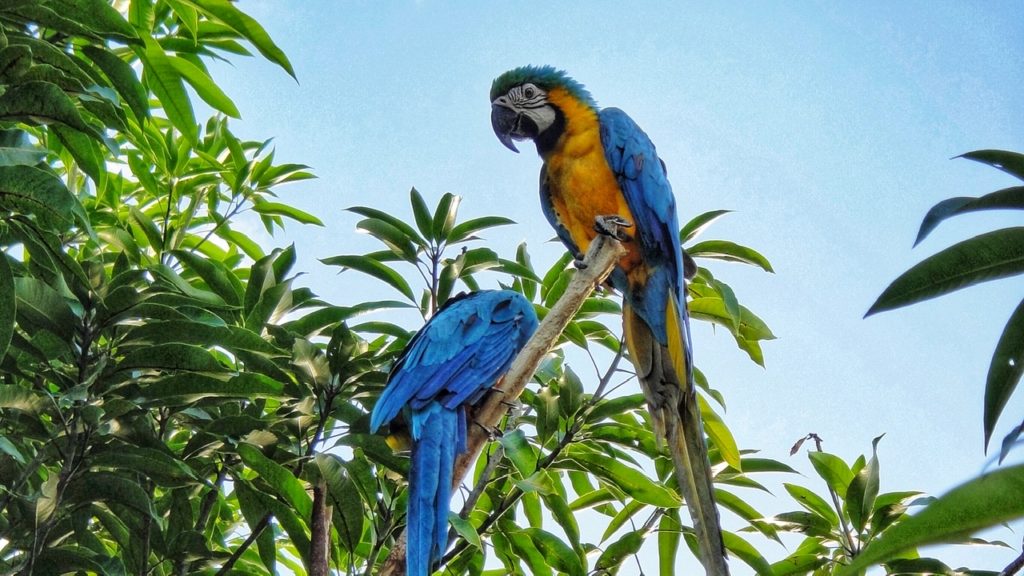
TAKE DUKORAL TO AVOID FOOD POISONING
Dukoral is an over-the-counter oral vaccine that protects you from traveler’s diarrhea for 3 months. Surprisingly, many travelers haven’t heard of Dukoral, but I absolutely swear by it and I’ve never had any major stomach issues while backpacking Central and South America, India, Mexico, Southeast Asia and the Middle East, where I regularly indulge in street meat, salad and fruit (while still using precautions). When I traveled to Egypt and India, the travelers who took Dukoral did not have stomach issues, while the travelers who did not take it got very sick and the trip was a lot less enjoyable for them, so Dukoral definitely works. However, Dukoral cannot protect you against parasites, which have very different symptoms (but are typically very easily fixed with antibiotics).
EACH COUNTRY IS DIFFERENT
South America is a continent, not a country, and each country is very different and has both safe and dangerous areas. Typically, the smaller towns are safer than the big cities, but this is true for everywhere in the world.
CHILE IS THE SAFEST COUNTRY IN SOUTH AMERICA
With Uruguay close behind, and then Argentina. Chile has one of South America’s most stable and prosperous economies due to its mining. In fact, Chile consistently ranks as one of the top 30 safest countries in the world (for perspective, the US was ranked 121 in 2020 on the Global Peace Index). Crime rates are low, so petty theft is your biggest concern, along with daily earthquakes because Chile is in a major earthquake hot spot. The trade off for Chile’s safety means it’s also the most expensive country to travel in South America.
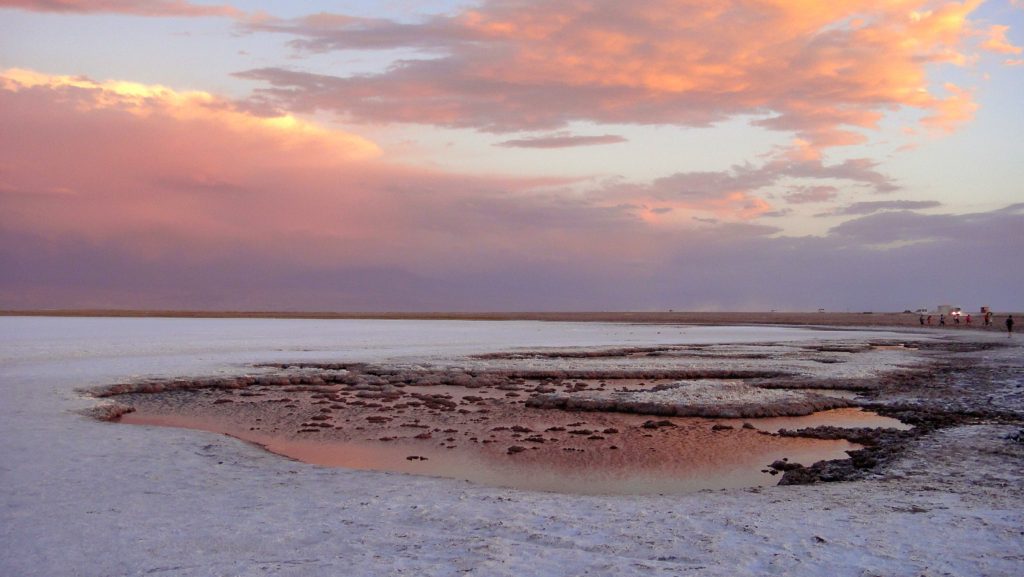
DON’T EXPECT PERU’S TOURISM POPULARITY TO EQUATE TO SAFETY
Peru is the most touristy country in South America, thanks to Machu Picchu, so many travelers assume that it’s safer for this reason. However, Peru is fairly on par with Bolivia, Ecuador and Colombia, which means you need to be smart and exercise caution to avoid petty crime. Practice extra caution in Lima.
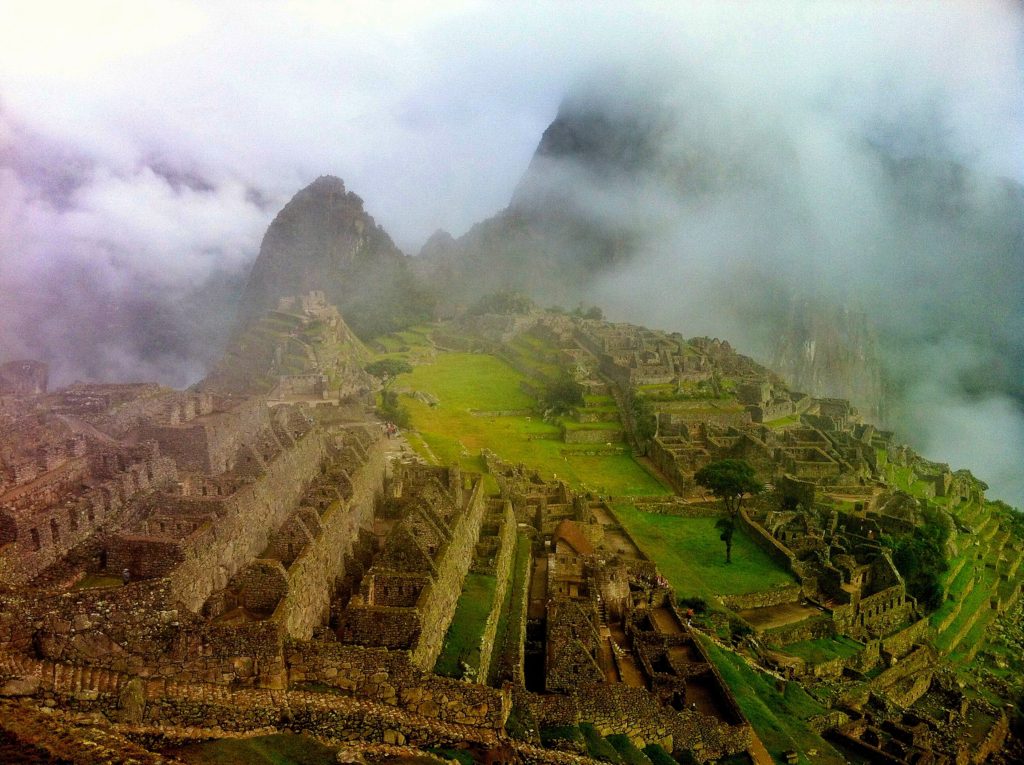
COLOMBIA HAS RECOVERED FROM IT’S DANGEROUS REPUTATION
In the late 80s and early 90s, Medellin was the murder capital of the world thanks to Pablo Escobar’s notorious drug cartel. Colombia has come a very long way since then; however, unfortunately many foreigners are stuck in the past and still think it’s one of the most dangerous countries in the world. In reality, Colombia is a really amazing country to visit (it’s a favorite for many travelers) and it’s more or less on par with many other South American countries on the safety scale. So like any other South American country, educate yourself on the dangers and be smart (and read this article 🙂 ).
BRAZIL’S CRIME RISES DURING CARNAVAL
Brazil’s crime and violence rates are unfortunately extremely high. In my experience, I found Brazil during Carnaval to be the most dangerous of anywhere I traveled in Central and South America; however, I would still love to go back to Brazil and explore more. Crime is more predominant in the major cities like Salvador, Rio de Janeiro, São Paulo and Manaus, especially during holidays. Every hostel I stayed at in Brazil warned everyone to leave their phones and wallets at the hostel when they went out at night during the Carnaval festivities because they said you wouldn’t come back with them. Literally everyone who didn’t listen, came back without their phones and wallets.
AVOID TRAVEL TO VENEZUELA DUE TO SEVERE CIVIL AND POLITICAL UNREST
Venezuela was once a democracy and one of Latin America’s richest economies. Sadly, now it is the most dangerous country in South America. The unrest began with mismanagement and corruption from the violent dictator government, which led to shortages of basic goods (like medicine, food, drinking water) and massive inflation, which resulted in very high rates of hunger, violent crime, kidnappings (foreigners included) and murders. Then the US imposed sanctions on Venezuela’s oil industry in order to pressure the president to resign, which only resulted in crippling Venezuela’s key economic industry. Millions of Venezuelans have fled their country in the last few years.
HOW TO NOT GET PICKPOCKETED AND ROBBED 101
ALWAYS BE AWARE OF YOUR BELONGINGS
Pickpocketing is a very common petty crime that can easily be avoided. If you make it easy for someone, they will take advantage of that opportunity. In Colombia, the saying for this is “dar un papaya” (which directly translates to “give a papaya”).
ONLY CARRY WHAT YOU NEED ON A DAY OR NIGHT OUT
Don’t bring your bank card, credit card, passport and all your money if you don’t need to.
LOCK UP YOUR VALUABLES AT YOUR HOTEL/HOSTEL
Pack a combination lock for hostel lockers.
HANG YOUR PURSE ACROSS YOUR BODY
With the purse on the opposite side of traffic, in order to avoid drive-by snatchings.
BE CAREFUL WHERE YOU USE YOUR PHONE AND CAMERA
For the same reason as above.
BE EXTRA VIGILANT WITH YOUR THINGS IN CROWDED PLACES
Like in markets, public transport popular tourist sights. These are hot spots for pickpocketing.
DON’T KEEP YOUR PHONE AND WALLET IN YOUR BACK POCKETS
Use the front pockets only and keep them guarded. Pickpockets are professionals.
NEVER LET YOUR CARRY-ON BAG OUT OF YOUR SIGHT ON BUSES
Keep it on your lap. Do not put it overhead or under the seat. If you sleep, use your bag as a pillow or hug it like a teddy bear.
KEEP YOUR VALUABLES WITH YOU ON BUSES
Do not put them with your baggage under the bus.
DON’T LEAVE YOUR BELONGINGS UNATTENDED AT THE BEACH
Or they may not be there when you get back.
ALWAYS BE AWARE OF YOUR SURROUNDINGS
Especially if you find yourself walking alone, especially at night. Stay out of dark, empty streets and shadows, be aware of footsteps and people behind you, and pay attention to reflections in windows of buildings or cars, etc.
AVOID WALKING ALONE AT NIGHT
Take a taxi, even for a very short distance.
DO NOT WEAR EXPENSIVE DESIGNER CLOTHES OR JEWELRY
This is key for staying safe in South America because being a show off makes you a target. Walking around with your expensive camera around your neck could be a problem in many places, especially if the value of your camera is 5x their average monthly income. Back up your photos regularly.
LISTEN TO THE ADVICE FROM THE LOCALS
This is also key for staying safe in South America. Hotel and hostel staff are great resources for telling you about where to go as well as where to NOT go. This information isn’t as readily available at an Airbnb.
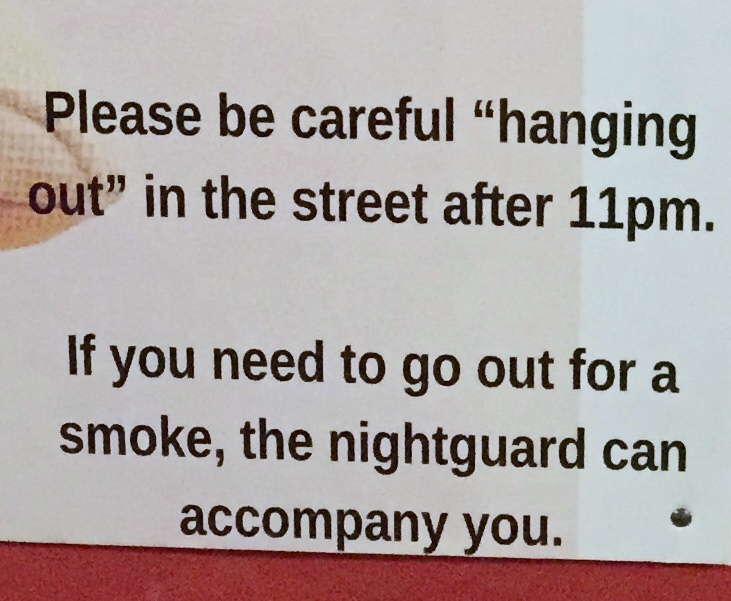
BE CAREFUL WITH TAXIS
Avoiding random taxis off the street in the bigger cities like Bogota, Quito, Rio de Janeiro and Lima is very important for staying safe in South America. This is where using Uber (or Cabify) and having a local SIM card come in very handy. Or get your hostel or hotel to call you a taxi.
Agree on a price before you depart and keep an eye on Google maps or Maps.me (which works offline, when downloaded in advance) to make sure you’re headed in the right direction.
Do not allow the taxi to pick up anyone.
If you have luggage in the trunk, when exiting a taxi, leave from the curb side and leave the car door wide open while you (or the driver) get your bag from the trunk. This prevents the driver from driving off with your luggage. This isn’t common, but it can happen.
TRY TO ARRIVE IN A NEW CITY IN DAYLIGHT
This isn’t always possible, so if you arrive very late at night or very early in the morning, make sure your accommodation has 24 hour reception. Also email them in advance so they know when to expect you and know how to get to your hostel or hotel.
KEEP YOUR CARD WITHDRAWAL LIMIT LOW
In the rare and unfortunate event that you become a victim of an “express kidnapping” (when you’re taken to different ATMs and forced to max out your cards at each one), at least they’ll get less money from you. This is why you need to be extra careful with taxis in the bigger cities (get an Uber) and not carry all your cards on you. Also avoid making yourself a target by not flaunting your expensive camera and phone and wearing expensive clothes and jewelry.
This isn’t just a thing in South America. This happens in many other countries around the world.
A SAFE AREA DURING THE DAY MAY NOT BE SAFE AT NIGHT
The beach is fun during the day, but it may be a place to avoid at night if you want to keep your belongings. This also goes for places like Bogota’s historical centre. Even though it’s where all the hostels and attractions are located and it’s safe during the day, night time is a different scene.
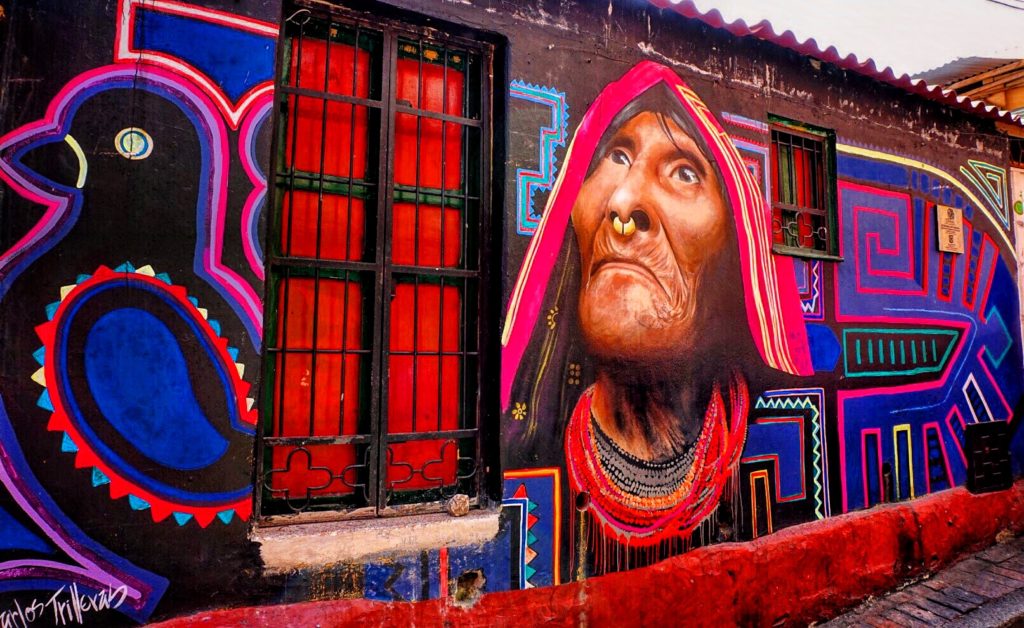
WALK WITH CONFIDENCE
You may not be able to hide being a gringo, but how you carry yourself counts for a lot. If you act without confidence, you will appear to be an easy target; whereas if you walk with confidence and assurance, it’s less likely that you’ll be a target.
DON’T BE A HERO
If someone approaches you with a gun or knife, follow their instructions rather than resist and risk further violence. Your wallet, phone and camera are replaceable. Again, back up your photos regularly.
WITHDRAW MONEY FROM ATMS AT BANKS DURING BUSINESS HOURS
Skimming is not uncommon in South America. When possible, only use ATMs inside banks during opening hours because ATMs are usually skimmed late at night. Put your money away quickly. Don’t count it. Then be extra vigilant as you make your way back to your accommodation to lock up your cash and cards.
ABOUT BUS HIJACKINGS
They’re rare, but they can happen. This is when armed robbers board the bus and take all your valuables. They usually happen at night in the mountains and jungles, so do your research before booking a night bus because some routes are more notorious than others. For example, the fastest Cusco-Lima route is notorious for hijackings because there are areas without reception or GPS. The longer and safer bus route goes through Arequipa, so take a bus on that route. Or treat yourself and fly to avoid the 24+ hour bus ride altogether.
If your bus gets hijacked, do everything they say and remember that your stuff is replaceable.
I took night buses in South America without any issues.
DO NOT TRUST PEOPLE WHO APPROACH YOU AND WHO DON’T TAKE “NO” FOR AN ANSWER
Any nice, normal person with good intentions would leave once requested to. Sometimes the person is only aggressively trying to sell you something, but either way, you want to avoid an unsafe situation.
TRUST YOUR INSTINCTS
If something feels weird or wrong, trust your instincts.
NEVER GET TOO DRUNK OR HIGH
Especially if you’re traveling solo, and especially as a female. Be aware of your drink and your surroundings and stay sober enough to remain in control. Being too drunk makes you careless and vulnerable, so muggings often happen late at night when travelers are in this state.
THE POLICE ARE EXTRA CORRUPT
Every country has corruption, but South America has more than their fair share of corruption. Sometimes police see tourists as an easy way to make extra money through bribes. They will make up things that you’re doing wrong so they can demand a “fine”.
However, it’s illegal to bribe police officers in Chile.
DON’T LET YOUR GUARD DOWN
Crime also happens in places that are considered safe. My friend traveled Latin America for 6 months without getting mugged or pickpocketed, but when he came to Vancouver, Canada (my city, which is considered a safe city), he was mugged.
POPULAR SCAMS TO AVOID
These scams that are used to take advantage of tourists and they could potentially scam you of a few dollars to a few hundred dollars.
“THERE’S SOMETHING ON YOUR SHIRT”
Out of nowhere, there’s mustard, paint or even mierda (shit) on you. Then some friendly locals offer their help, you’re distracted, then they’re gone… along with your phone/wallet.
FAKE POLICE
If you’re approached by someone who appears to be a policeman and they ask to see your passport or check your pockets, do not trust this person. They are trying to steal your money/passport or plant drugs on you. Leave your passport at your accommodation.
FRIENDLY PHOTOGRAPHERS
Be careful if a local approaches you and offers to take a picture of you on your phone/camera because they may run off with it. If you would like a photo taken, sadly, it’s safer to ask another traveler.
THE UNEXPECTED GIFT
That bracelet, from a friendly (i.e. pushy) vendor is never free. Firmly decline and leave.
FAKE GUIDES
Guides can be great for learning the history of an attraction you’re visiting. But if you’ve declined a guide and they follow you and give you information anyway, they will demand a tip.
“YOUR HOTEL/HOSTEL IS FULL/CLOSED”
Taxi drivers love to say this. It’s not full or closed. They’re lying and just want to take you to a hotel that will earn them commission.
HEALTH AND SAFETY
Taking care of your health also plays an important roll in staying safe in South America.
BE CAREFUL WITH STRAY ANIMALS
There are loads of cute stray dogs in South America, but as much you want to pet them all, they may carry diseases. If you can’t help petting some of them, make sure you wash and sanitize your hands after. However, some of the street dogs can be aggressive, especially at night when they get territorial.
WEAR SUNSCREEN
The sun is very strong at high altitudes and near the equator, even when it’s cloudy and chilly. Sunburns are horrible for your skin and your health, and crispy red skin is not a good look. This is especially true for Ecuador because “Ecuador” literally means “equator”.
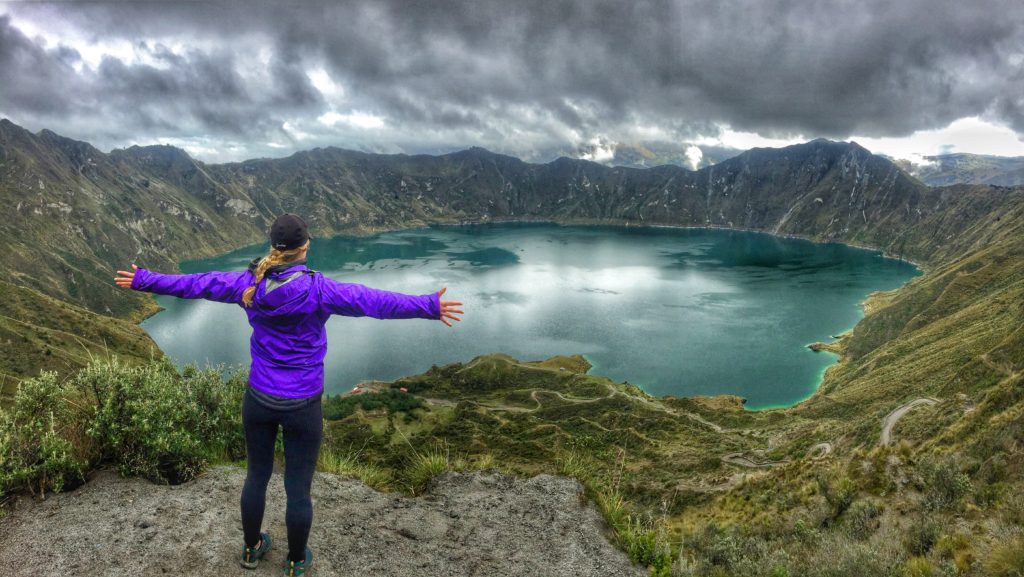
USE YOUR COMMON SENSE
You’ll learn that there are a lot fewer rules in South America, which has pros and cons. For example, if a place doesn’t have a sign saying that it’s dangerous or unsafe to enter, this doesn’t mean it’s safe.
BE INFORMED ABOUT YOUR DESTINATIONS AND RESEARCH THE LAWS
Each country will have different laws that you must follow
BE CAREFUL WITH DRUGS
Be aware of the laws to avoid going to jail in a foreign country.
PEDESTRIANS DO NOT HAVE THE RIGHT OF WAY
Unlike many western countries where pedestrians get away with a little too much, this habit and expectation needs to be forgotten in South America. Traffic is typically a chaotic free-for-all, so you need to exercise caution and common sense.
FIGURE OUT WHERE YOU CAN AND CANNOT DRINK THE TAP WATER
The tap water is drinkable in Chile (not including the Atacama Desert), most of Argentina and Uruguay. Avoid tap water in all the countries not mentioned. You’ll notice a direct correlation between the affluent, safer countries and drinkable tap water.
Now you’re all set to travel and stay safe in South America. Remember that the majority of people have good intentions and are happy to help 🙂
MORE INFORMATION ON TRAVELING SOUTH AMERICA
14 Reasons Why You Need to Travel to South America
Everything You Need To Know Before You Go To South America
What To Expect While Traveling In Developing Countries
Everything You Need To Know Before You Travel To Peru

